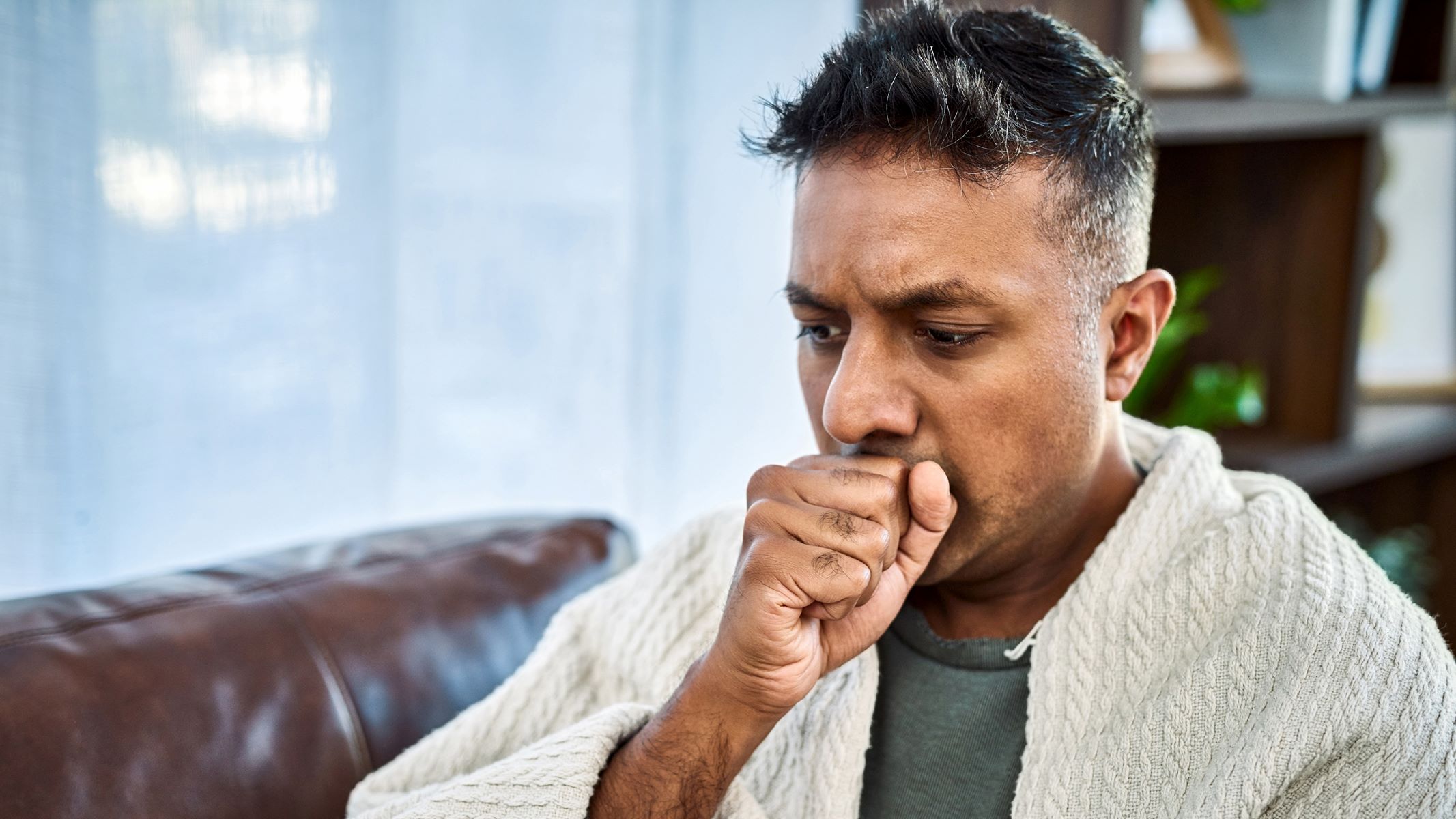
What is Arthrogryposis? Arthrogryposis, or arthrogryposis multiplex congenita (AMC), is a rare condition where babies are born with stiff joints and muscle weakness. Affecting about 1 in 3,000 births, it can make moving difficult. The term describes multiple joint contractures, meaning joints are stuck in one position. This can impact arms, legs, hands, feet, and sometimes the jaw or spine. Causes often remain unknown but may involve limited space in the womb or low amniotic fluid. While there's no cure, treatments like physical therapy and surgery can help improve movement. Many with arthrogryposis lead fulfilling lives, proving that challenges can be overcome.
What is Arthrogryposis?
Arthrogryposis, also known as arthrogryposis multiplex congenita (AMC), is a rare condition that affects the joints and muscles. It leads to multiple joint contractures at birth, making movement difficult. Here are some important facts about this condition.
-
Definition: Arthrogryposis describes multiple congenital contractures affecting two or more different areas of the body.
-
Incidence: This disorder occurs in about 1 out of every 3,000 live births, making it quite rare.
-
Amyoplasia: The most common type is amyoplasia, which impacts hands, wrists, elbows, shoulders, hips, feet, and knees.
-
Symptoms: Symptoms include muscle contractures of joints, muscle weakness, and sometimes spine curvature.
Types and Causes of Arthrogryposis
Understanding the different types and causes of arthrogryposis helps in managing the condition better.
-
Types: There are several types, including distal arthrogryposis, which affects hands and feet, and classic arthrogryposis (amyoplasia).
-
Causes: The exact cause is often unknown but may relate to inadequate room in utero and low amniotic fluid. Other factors include fetal akinesia (decreased fetal movement) and underlying neurological or connective tissue disorders.
-
Detection: Typically detected during pregnancy using ultrasound or at birth through a physical examination.
-
Diagnosis: A diagnosis is made when a patient has two or more joint contractures in different body areas. Genetic testing may also be recommended.
Treatment and Therapy Options
While there is no cure for arthrogryposis, various treatments can improve quality of life.
-
Treatment: Options include nonoperative methods like occupational and physical therapy, and operative methods such as orthopedic surgery to improve range of motion and function.
-
Therapy: Early therapy aims to maximize strength, improve range of motion, and enhance sensorimotor development. Gentle stretching exercises can help lessen contractures and improve motion.
-
Occupational Therapy: Focuses on the upper extremities, helping children develop optimal positions for functional improvement in daily activities.
-
Physical Therapy: Concentrates on the lower extremities and gait, helping children improve their mobility and balance.
-
Aquatic Therapy: Recommended as an additional method to provide strengthening and range of motion exercises, especially beneficial for children with lower extremity involvement.
-
Splinting and Casting: Used by therapists or providers to help with stretching and positioning, reducing joint contractures.
-
Power Mobility Devices: May be recommended to support patients with severe contractures.
Surgical Interventions and Spine Curvature
In some cases, surgery may be necessary to improve mobility and correct deformities.
-
Surgical Interventions: Children with elbow, wrist, or hand flexion contractures that do not lessen with therapy may benefit from orthopedic surgery. Surgical interventions can also correct lower extremity contractures in the knees and hips.
-
Spine Curvature: In children with severe spine curvature, bracing or orthopedic surgery may be recommended to correct the deformity. This depends on the age of the child, location, degree, and flexibility of the curve.
Genetic Factors and Family Education
Genetic factors can play a role in arthrogryposis, and educating families is crucial for effective management.
-
Genetic Causes: About 30% of cases may have a genetic cause. The risk of recurrence varies with the type of genetic disorder.
-
Amyoplasia Genetics: Almost all cases of amyoplasia are sporadic without a genetic link. However, there are rare instances of autosomal dominant transmission in type I distal arthrogryposis.
-
X-Linked Recessive: There is a rare X-linked recessive type, as well as autosomal recessive inherited varieties.
-
Mitochondrial Inheritance: Rare cases of mitochondrial inheritance have also been reported.
-
Genetic Testing: May be recommended to identify underlying causes. This can help in managing the condition more effectively.
-
Family Education: Crucial for proper positioning, stretching techniques, and avoiding potentially harmful activities that could exacerbate deformities.
Living with Arthrogryposis
Despite the challenges, many individuals with arthrogryposis lead fulfilling lives. Here are some inspiring examples.
-
Life Span: The life span of affected individuals depends on the severity of the syndrome and associated malformations but is often normal.
-
Intellectual Function: Most individuals with arthrogryposis thrive with an average or above-average intellect.
-
Success Stories: Many individuals with arthrogryposis lead productive, rewarding, independent lives. Examples include activists, motivational speakers, Paralympic champions, competitive athletes, and artists.
-
Marty Sheedy: An activist and motivational speaker with arthrogryposis who has inspired many with his story.
-
Lee Pearson: A British 11-time gold medal winner at the Paralympic games in dressage.
-
Mike Begum: A competitive fighting game player who has achieved success despite his condition.
-
Sunny Taylor: An American painter and activist who has used her art to raise awareness about arthrogryposis.
-
Nicholas Taylor: An American 3-time Paralympic champion in Quad Tennis.
-
Luca “LazyLegz” Patuelli: A Canadian B-boy dancer who has appeared on numerous television shows.
-
Prudence Mabhena: The lead singer for the band “Liyana” who uses her music to advocate for individuals with disabilities.
Factors Contributing to Arthrogryposis
Several factors, both extrinsic and intrinsic, contribute to the development of arthrogryposis.
-
Fetal Akinesia: Decreased fetal movement in utero is a known factor. This lack of movement can lead to extra connective tissue development, causing stiff, immobile joints.
-
Extrinsic Factors: Insufficient room in the uterus, low amniotic fluid, abnormally shaped uterus, maternal infection, drugs, and trauma can also contribute.
-
Intrinsic Factors: Neurological conditions (malformed spinal cord or areas within the brain) and connective tissue disorders (tendons, ligaments, bones, or joint lining).
Prognosis and Future Outlook
With proper care and therapy, individuals with arthrogryposis can lead fulfilling lives.
-
Therapy Goals: Primary goals of early therapy include maximizing strength, improving range of motion, and enhancing sensorimotor development. These goals help children develop optimal positions for functional improvement in daily activities.
-
Prognosis: Generally good, especially with proper care, vigorous therapy, and in some cases, surgical interventions. The condition is not progressive, and most children have normal speech and learning capabilities.
-
Multi-Disciplinary Approach: Treatment often requires a multi-disciplinary approach involving pediatricians, physiotherapists, geneticists, orthopedic surgeons, and orthotic specialists.
-
Success Stories: Despite the challenges, many individuals with arthrogryposis lead productive, rewarding, independent lives. Their stories serve as inspiration to others.
Living with Arthrogryposis
Arthrogryposis, though rare, affects many lives in profound ways. Understanding its symptoms, causes, and treatment options can make a huge difference. Early therapy and surgical interventions can improve quality of life, allowing individuals to lead fulfilling lives. The condition is not progressive, meaning with proper care, those affected can thrive. Many have gone on to achieve incredible feats, from Paralympic victories to artistic accomplishments. A multi-disciplinary approach involving therapists, surgeons, and geneticists ensures comprehensive care. Family education plays a crucial role in managing daily challenges. Despite the hurdles, the prognosis for individuals with arthrogryposis is generally positive. With the right support and determination, they can overcome obstacles and inspire others.
Was this page helpful?
Our commitment to delivering trustworthy and engaging content is at the heart of what we do. Each fact on our site is contributed by real users like you, bringing a wealth of diverse insights and information. To ensure the highest standards of accuracy and reliability, our dedicated editors meticulously review each submission. This process guarantees that the facts we share are not only fascinating but also credible. Trust in our commitment to quality and authenticity as you explore and learn with us.


